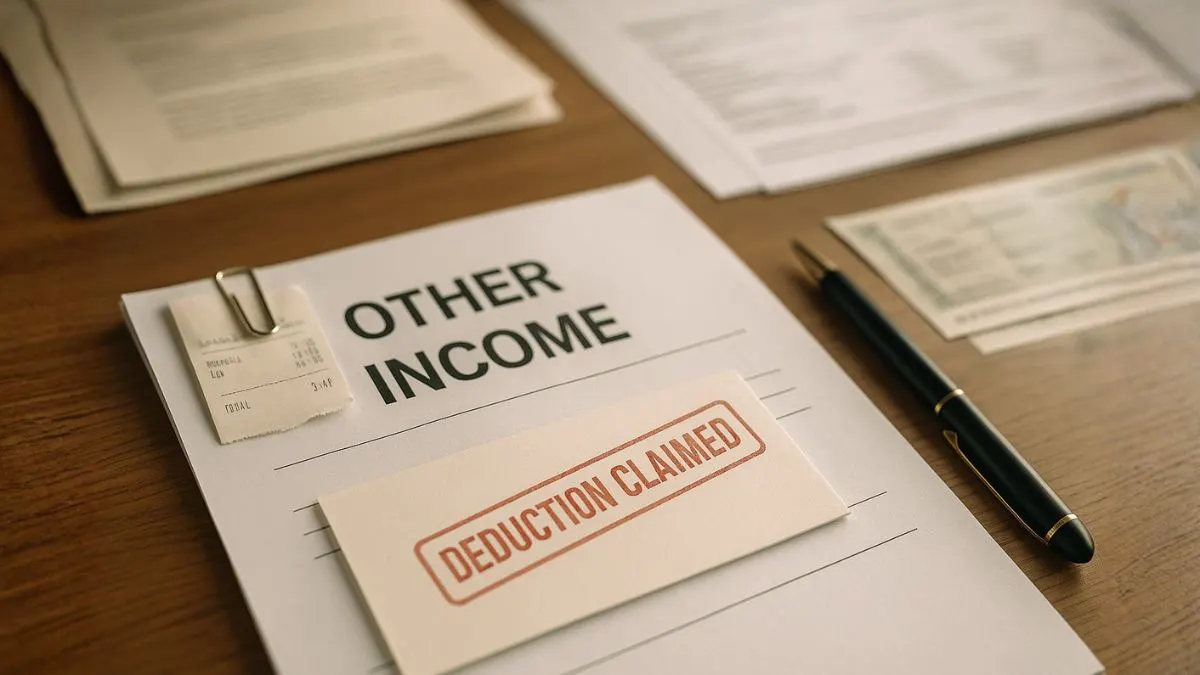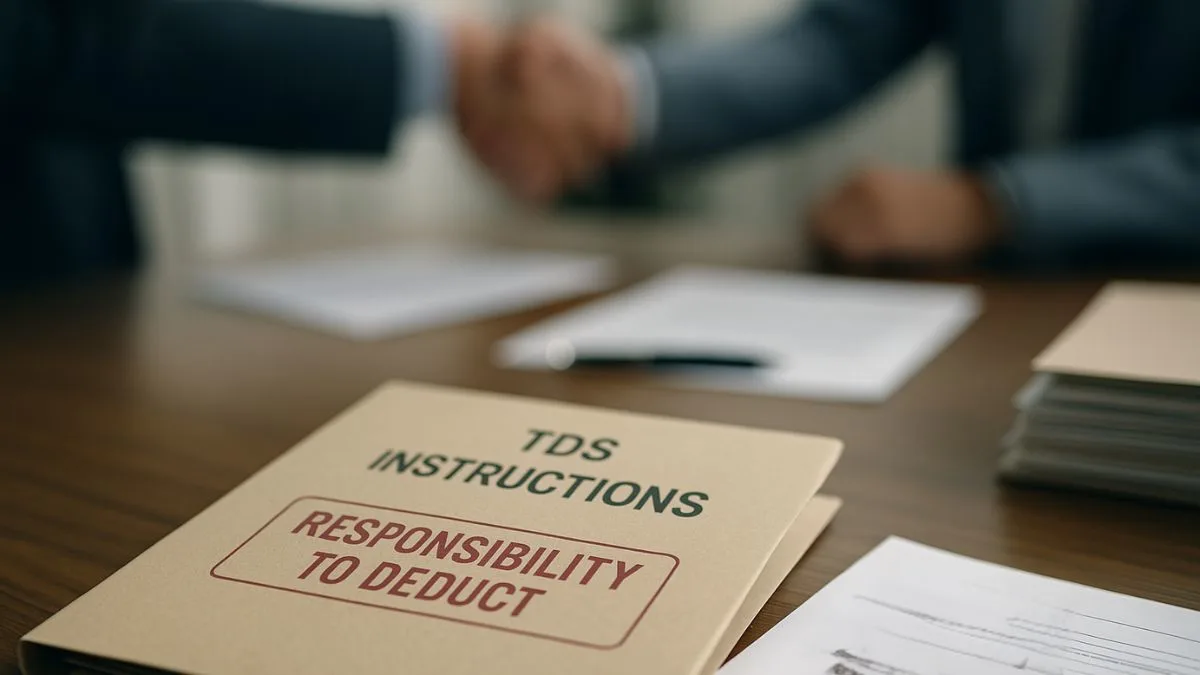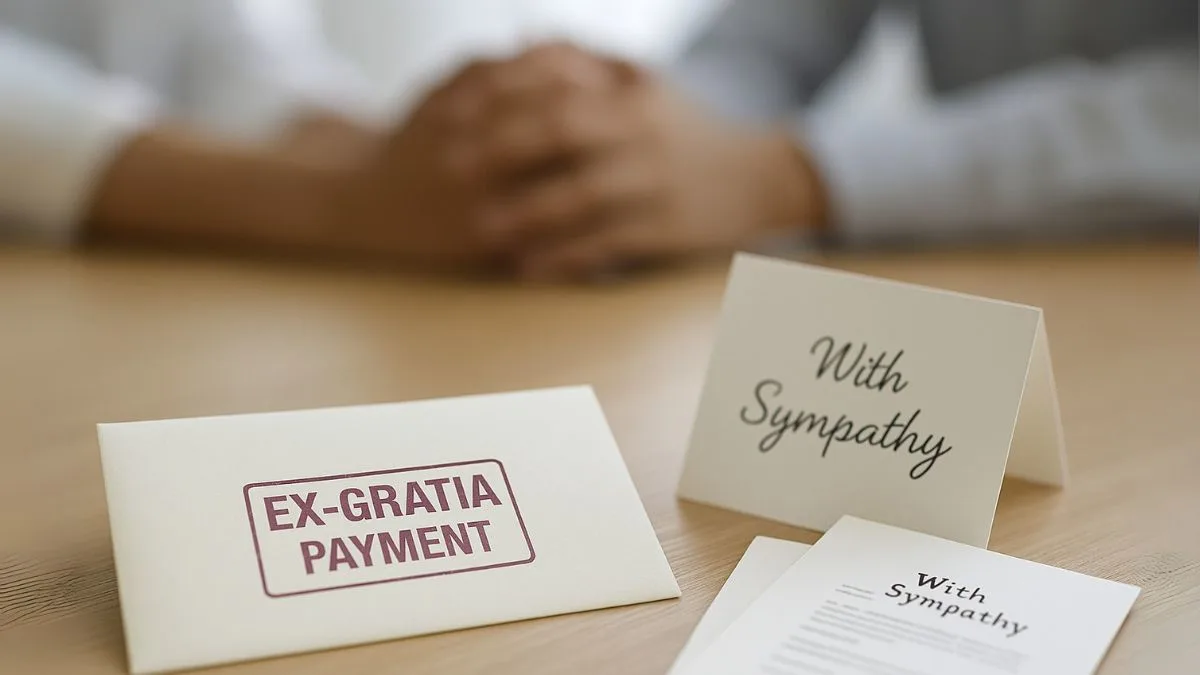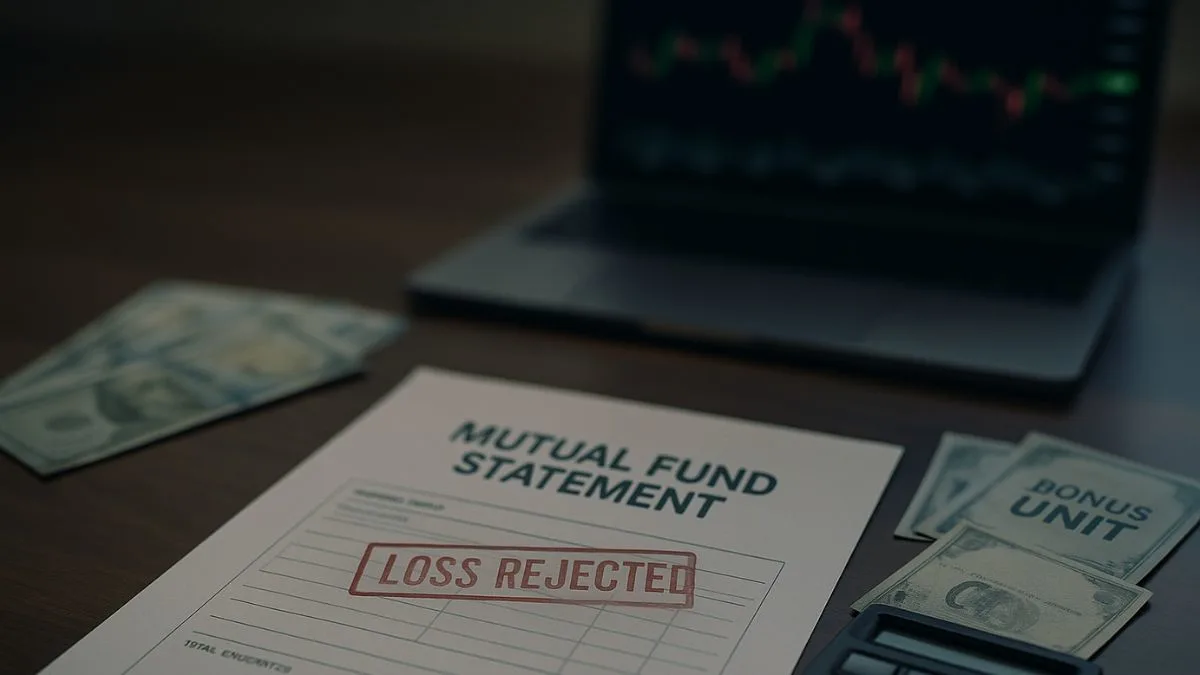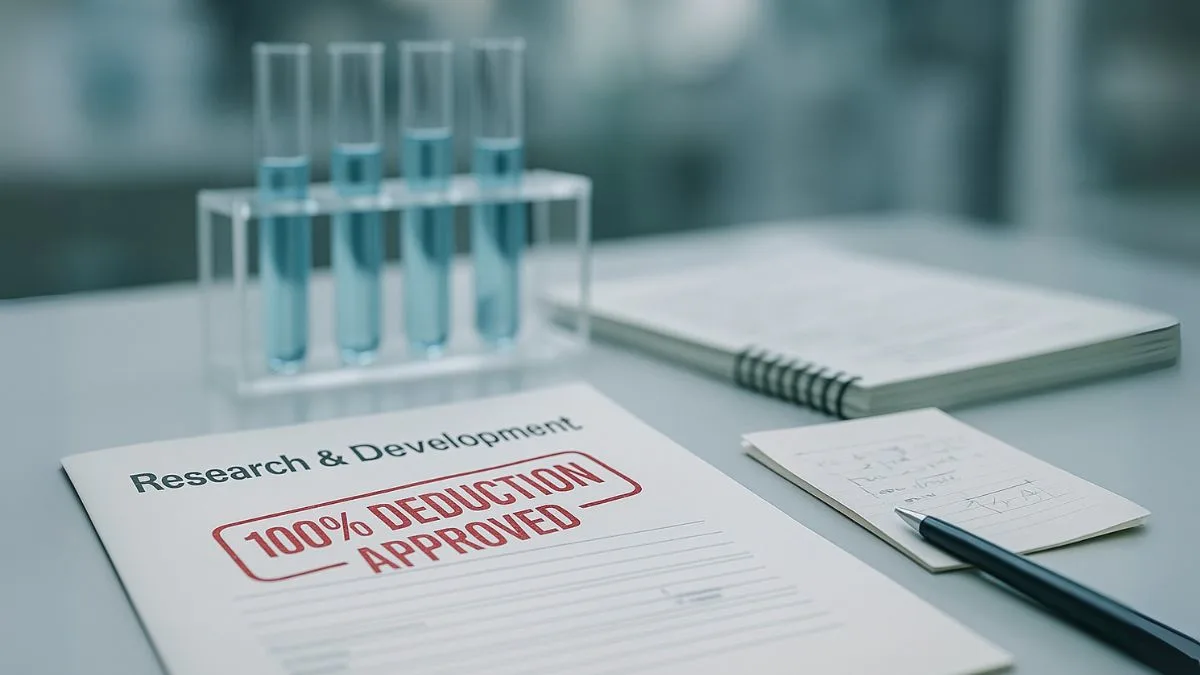
Is 80C Deduction Allowed in the New Tax Regime?
Understand the 80C Rule Under Section 115BAC for FY 2024–25 | AY 2025–26
Section 80C is one of the most popular tax-saving sections under the Indian Income Tax Act. It allows deductions for investments and expenses like PF, PPF, ELSS, LIC, home loan principal, tuition fees, and more, up to ₹1.5 lakh per year.
But with the introduction of the new tax regime, many taxpayers are confused and asking:
“Is Section 80C deduction allowed in the new tax regime?”
Here’s a detailed breakdown to clarify the rules.
❌ Is 80C Deduction Allowed in the New Tax Regime?
No, Section 80C deductions are not allowed under the new tax regime.
Introduced under Section 115BAC, the new tax regime offers lower income tax rates, but in exchange, it forgoes most exemptions and deductions, including the entire basket of Section 80C.
🧾 What Falls Under Section 80C?
Under the old regime, you could claim a deduction of up to ₹1.5 lakh per year for:
• Employees' Provident Fund (EPF)
• Public Provident Fund (PPF)
• Life Insurance Premium (LIC)
• Equity-Linked Savings Scheme (ELSS)
• 5-Year Tax Saving FD
• Principal repayment on the home loan
• Children's tuition fees
• Sukanya Samriddhi Yojana (SSY)
• NSC, Senior Citizens Savings Scheme, and others
These are not claimable if you opt for the new tax regime.
✅ What is Still Allowed in the New Regime?
Though Section 80C is not permitted, the following deductions/exemptions are still allowed under the new regime:
| Allowed in the New Regime | Section |
| Standard Deduction (₹50,000) – Salaried | Section 16(ia) |
| Employer’s NPS Contribution | Section 80CCD(2) |
| Agniveer Corpus Fund | Section 80CCH |
| Family Pension Deduction (if applicable) | Section 57(iia) |
Everything else under Chapter VI-A (including 80C, 80D, 80G, etc.) is disallowed.
📊 Example: Comparing Tax With and Without 80C
Assume:
• Gross Salary: ₹10,00,000
• Investments under 80C: ₹1,50,000
• Other deductions (80D, HRA): ₹50,000
• Standard deduction: ₹50,000
Under the Old Regime:
• Total deductions: ₹2.5 lakh
• Taxable income = ₹7.5 lakh
• Tax = ~₹52,500 after rebate (87A)
Under New Regime:
• Only standard deduction ₹50,000 allowed
• Taxable income = ₹9.5 lakh
• Tax = ~₹41,600
✅ The new regime is better only if you don’t claim full 80C and other deductions.
🧠 When to Choose Old Regime?
Stick to the old regime if you:
• Invest regularly in ELSS, PF, PPF, or insurance
• Have home loan principal repayment
• Pay school fees or invest in tax-saving FDs
• Want to maximize deductions under 80C and 80D
Choose a new regime if:
• You don’t invest in 80C instruments
• You prefer simple, zero-document tax filing
• Your income is below ₹7 lakh (eligible for full rebate under 87A)
⚠️ Why You Still Might Invest Under 80C (Even Without Tax Benefit)
Even if 80C deduction is not available under the new regime, instruments like:
• EPF (mandatory for salaried)
• LIC (for insurance protection)
• PPF (for long-term wealth)
still offer excellent financial discipline and long-term growth.
So, while the tax benefit is lost, the personal finance value remains.
✅ Final Words
Section 80C deductions are NOT allowed in the new tax regime.
You can only claim them if you opt for the old regime while filing your return.
Before filing your ITR, always compare both regimes based on your actual income and investment pattern.


